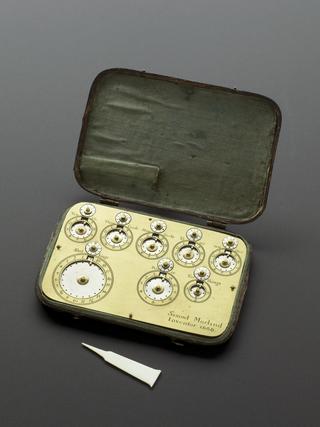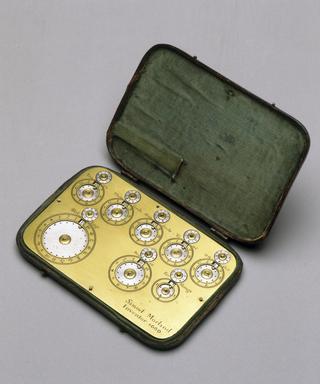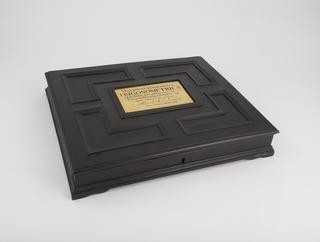
Sir Samuel Morland 1625 - 1695
- occupation:
- English, Diplomat, Engineer, Inventor, Mathematical instrument maker, Natural philosopher
- Nationality:
- English
- born in:
- Sulhampstead-Banister, Berkshire, England, United Kingdom
Samuel Morland was born in 1625 and from 1638 was educated at Winchester College and then later at Magdalene College, Cambridge, where he was to become a Fellow. Well-versed in Latin, Greek and Hebrew, Morland worked as a diplomat during the 1650s, spending time at the court of the Queen of Sweden and working on behalf of Oliver Cromwell. During the last year of the Protectorate, he switched allegiance to the monarchists and claimed in 1659 to have personally foiled a plot to assassinate Charles Stuart, who rewarded Morland with a baronetcy and a life pension, when he was restored as Charles II in 1660.
It is his work as an inventor of mathematical instruments in the 1660s, and later as an engineer in the 1670s, for which Morland's name is best known. His work in devising a form of mechanical calculating device, which was similar to an earlier device by Blaise Pascal, led to Morland becoming known by his contemporaries as an instrument maker. Based on the principles of Napier's Rods, Morland designed three types of his small calculating machine: one for addition, one for the addition of money, and one for trigonometry. Despite his name being engraved on the machines, it is thought that the physical maker of the devices was the London craftsmen and instrument maker Humphrey Adamson. Made from brass, the devices were able to make calculations appear on the face of the object to the user, using small, thin, mechanical wheels that turned on application.
It is unlikely that Morland turned to instrument making for financial reasons. Historians know that he spent much of the decade securing financial assistance from various sources, but it has been speculated that he may have sought to attract the patronage of Charles II, who was a well-known sponsor of the new mechanical and experimental philosophy. Despite the light-weight, accurate and precise nature of the calculating machines, those who used the objects were dismissive. Diarist Samuel Pepys recorded on 14 March 1668 that Morland's device was 'pretty but not very useful'. Royal Society curator Robert Hooke was similarly dismissive in a 1672 diary entry.
The lack of financial success for his advertised calculating devices meant that Morland moved away from instrumentation and into the field of engineering at the start of the 1670s. He first worked on the development of the 'speaking trumpet' and carried out experiments all over London during 1670/1. The trumpets attracted much public discourse and were advertised by Simon Beale of Suffolk Street. During one experiment in 1671 (between Walmer and Deal Castle), it was concluded that the sound had travelled in excess of one mile.
It was also during this time that Morland worked on barometers, engines, water pumps and similar items, often with Isaac Thompson. The pumps for domestic and private use were used in many fields, such as for mines, wells, shipbuilding. Hydrostatics and hydraulics became Morland's focus and from 1675 he worked from the Manor House at Vauxhall, often using earlier inventions and innovations, but modifying them. He was entitled 'Master of Mechanicks' to the King in 1681, partly for his work at Windsor Castle.
In 1682 he travelled to France, and at considerable expense and to a grand scale, he set up a proposed 'machine of Marly': a system that would pump water from the Seine in Paris to the Palace of Versailles. Morland's method was not received well by Louis XIV and he lost out to older, more trusted schemes advocated by French thinkers. In 1685 he published a work detailing this and other experiments that he had carried out over some thirty years.
Stricken by financial problems after the death of Charles II, Morland suffered repeated illness and died on Boxing Day 1695.


